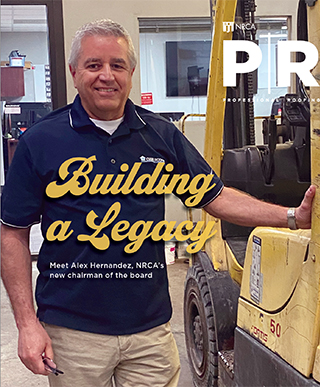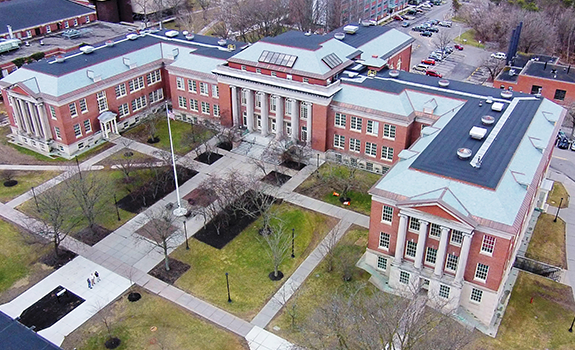Featured Articles
-

So ... you think you know safety?
by Harry DietzRoofing professionals always must comply with the Occupational Safety and Health Administration’s safety regulations. But roofing professionals may not be aware of additional regulations such as the U.S. Army Corps of Engineers' (USACE's) "EM 385-1-1 Safety and Health Requirements Manual" that contains 34 topic sections specifying safety requirements for construction projects managed by USACE and backed by law.
-
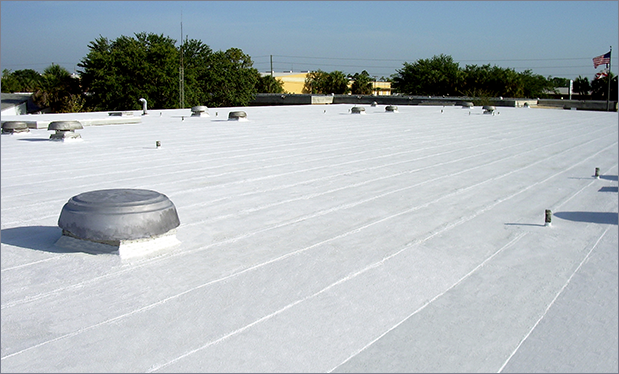
Making contact
by Jason SmithRoof coating applicators are responsible for ensuring a coating adheres to a desired surface, and a properly adhered coating begins with a properly prepared surface. Coatings adhere best to a surface with many contact points. Applicators should be aware of common bond breakers that interfere with the continuity of a coating-surface interface, reducing contact points and negatively impacting a coating's adhesion.
-
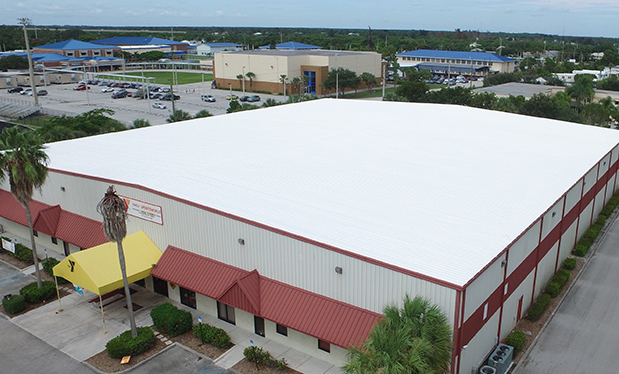
A roofing treasure
by Chrystine Elle HanusAfter two of its buildings suffered storm damage, the YMCA of the Treasure Coast, Stuart, Fla., selected Venture Construction Group of Florida Inc., Stuart, to complete necessary roof repairs. When learning insurance payments covered only a fraction of the costs for necessary repairs, Venture Construction Group of Florida helped donate materials and labor to successfully repair and replace metal panel, silicone and TPO membrane roof systems.
-

Avoiding pitfalls
by Stephen M. PhillipsControlled insurance programs (CIPs) are being used for a wider range of construction projects. If you perform public or private new construction work, you likely will encounter CIPs and should become familiar with the benefits and risks of using them. In particular, understanding the details of a CIP before committing yourself to a project can help protect your company from unwelcome surprises.
-

An icy reception
by Nick SabinoRoofing contractors located in northern climates almost certainly have responded to calls of ice dams on roofs. Many explanations for ice dam formations exist, including solar radiation and poor ventilation, but ice dams can be prevented when insulation is properly installed, air leakage does not exist and all sources of heat are located within the thermal boundary.
Columns
Editor's Note
Focus
NRCA offers multiple resources to help roofing contractors and their clients respond to weather-related events.
Ambika Reid
Editor of Professional Roofing
NRCA vice president of communications
Departments
Contributors
-

Harry Dietz
Former director of enterprise risk management
NRCA -

Andrew Felz
Former manager of federal affairs
NRCA -

Bill Good
Senior adviser to the Roofing Alliance
Former CEO
NRCA -

Mark S. Graham
Vice president of technical services
NRCA -

Chrystine Elle Hanus
Professional Roofing’s associate editor
Director of communications
NRCA -

Stephen M. Phillips
Senior partner
Hendrick Phillips Salzman & Siegel P.C. -

Ambika Puniani Reid
Editor of Professional Roofing
NRCA vice president of communications
-
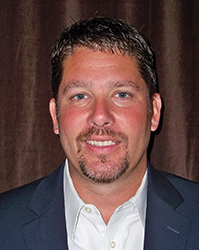
Nick Sabino
President
Deer Park Roofing Inc. -

Jason Smith
Senior research and development chemist
The Garland Co. Inc.
